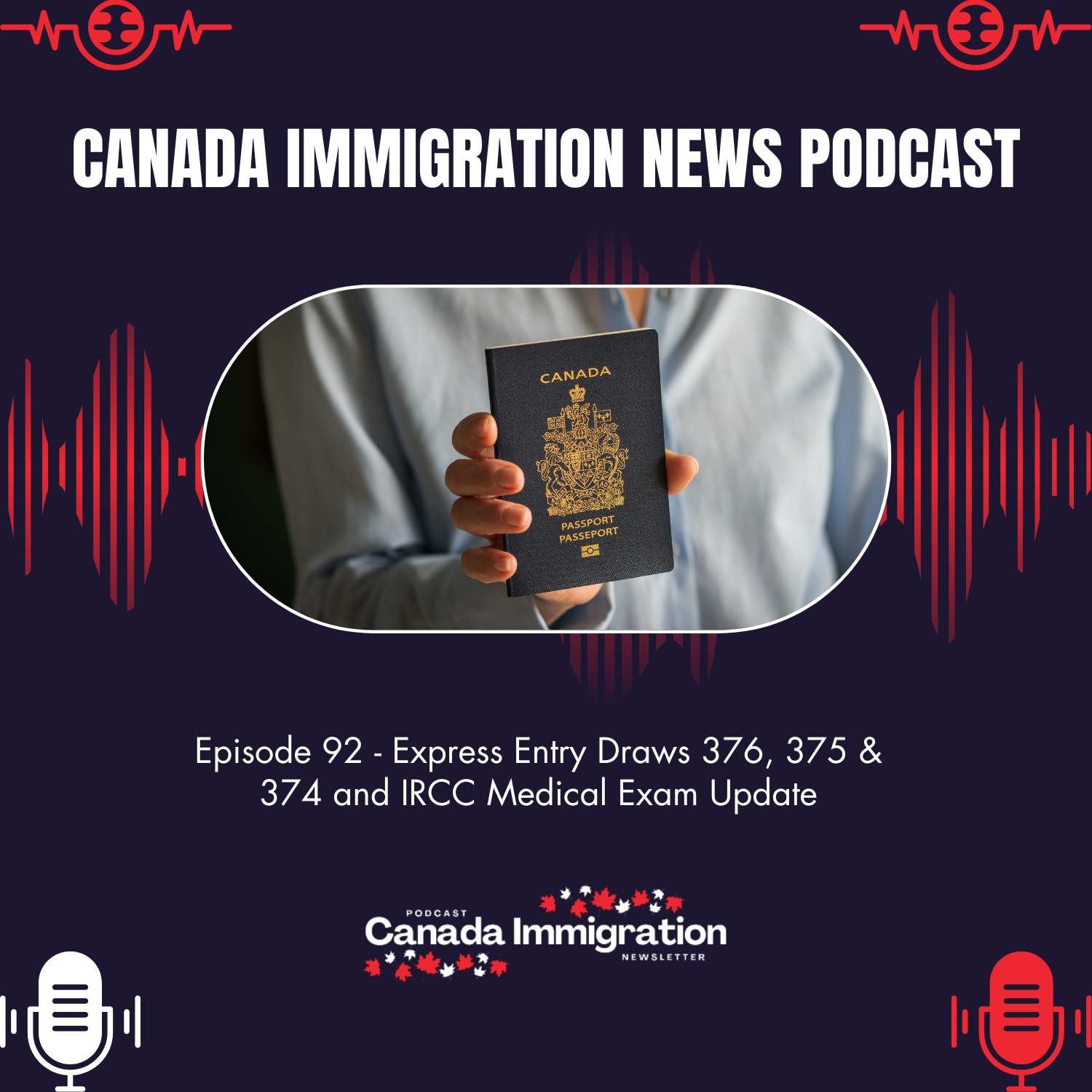Immigration Announcement
Canada’s High Immigration Targets to Benefit Western Provinces

According to a recent economic assessment by Desjardins, the country’s expanded immigration goals will probably benefit regional economies, particularly those in the western provinces. Immigrants have regularly outperformed native Canadians in net new positions since 2015, making up 70% of employment growth. In fact, by 2019, new immigrants had higher employment rates than native-born Canadians in almost every province. The COVID-19 pandemic had a minimal influence on these improvements.
New immigrants saw a boom in employment during this time, which helped to decrease the gap between their unemployment rate and that of Canadian-born employees, which was 5.3% vs. 5% in 2022. There may be numerous economic consequences given the anticipated economic slowdown over the next year, according to the analysis.
The national GDP is expected to expand by just 1% over 2023, as opposed to the 3.6% projected in 2022, according to the Bank of Canada.
What Provinces Benefit Most From Immigration?
Based on variables related to the Immigration Levels Plan, the report balanced the economic outcomes for each province. For instance, it made predictions about the province’s economies based on varying immigration targets for the next three years, the share of immigrants who choose to settle in each Canadian province, and the degree to which immigrants have assimilated into the economy over time, including before the pandemic and at the present.
The study also reveals that, if present immigration patterns continue, Prince Edward Island, British Columbia, and the Prairie Provinces will experience the largest economic benefits from increased national immigration targets (PEI). Of all the Canadian provinces, PEI has the highest per-capita immigration rate. Additionally, if Saskatchewan, Manitoba, and Alberta are able to draw a larger number of immigrants, the Canadian provinces will experience a rise from 0.3 to 0.6 %.
The Federal Policy For Immigrants
According to the report, provinces with larger populations as determined by their oil consumption had tighter labour markets and stronger economic growth at the start of 2020. This led to more labour shortages during the pandemic and appears to have encouraged many businesses to hire recent immigrants.
The Conclusion
The analysis comes to the conclusion that while immigration targets may be beneficial to the Canadian economy, they are not sufficient to guarantee Canada will see strong economic growth. It suggests that Canada keep putting a focus on welcoming immigrants with in-demand skill sets.























